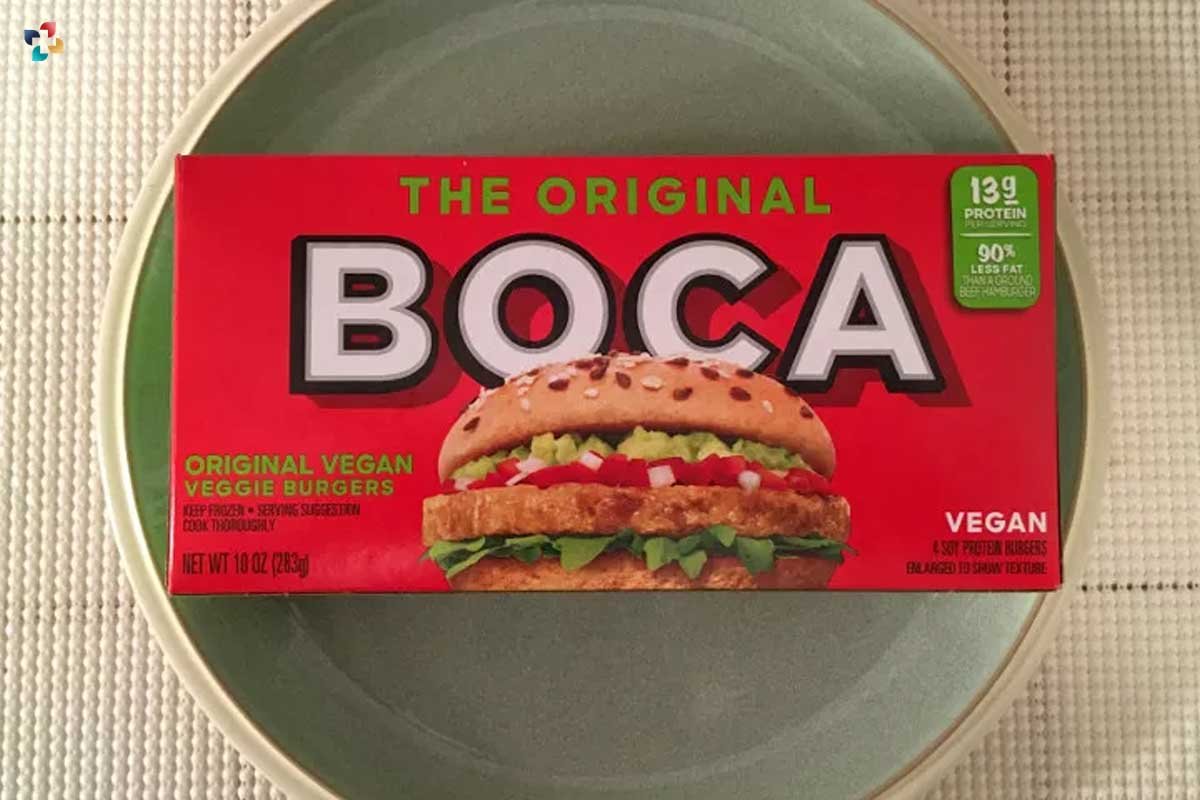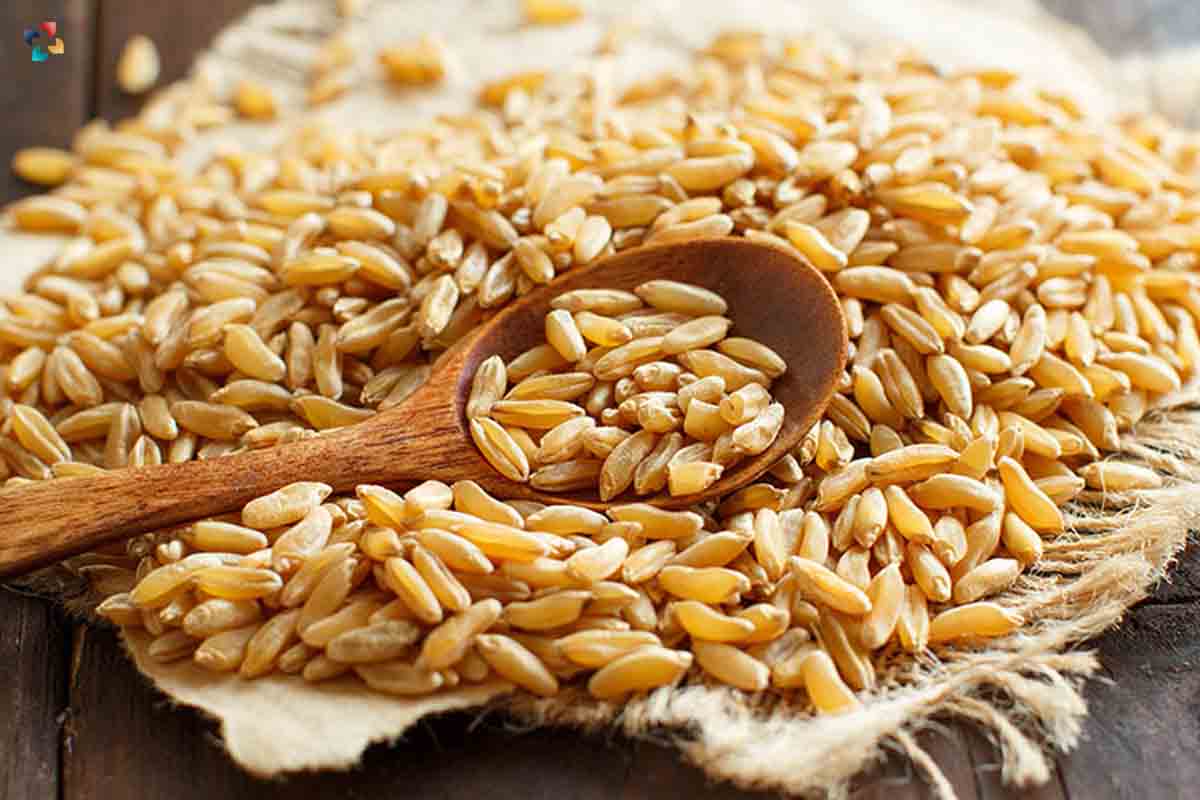Chicken, fish, eggs, Greek yogurt, and, of course, beans and nut butter. If you were asked to compose a list of high-protein foods, these would most likely be on it. However, there are plenty of additional options for Hidden Sources of Protein.
Many nutritious grains, cheeses, and veggies contain a surprising amount of the muscle-builder, and including them in your diet may significantly increase the protein level. Some even provide enough protein to be the major source of your meal or snack.
Here are 12 Hidden Sources of Protein;
1. Sweet Potatoes
Is it a starch or a protein? Sweet potatoes, it turns out, have both. A cup of roasted sweet potatoes has 4 grams of protein, which is equivalent to half a cup of low-fat milk.
Make a sweet potato smoothie with them. Blend 3/4 cup dairy or plant milk, 1 medium frozen banana, 1 tablespoon cashew butter, and 1/2 teaspoon pumpkin pie spice. Sweet potatoes are Hidden Sources of Protein.
2. Artichoke Hearts
A cup of ‘choke hearts’ includes 4 grams of protein, no joke. Choose frozen, jarred, or canned artichoke hearts to spare yourself the hassle of cutting and peeling.
Use them for:
Pasta, of course! Toss 8 ounces of frozen or drained and washed artichoke hearts into whole-wheat pasta or risotto and top with Parmesan cheese. Purée them with 1/2 cup Greek yogurt, 2 garlic cloves, 2 tablespoons olive oil, and the juice of half a lemon to make a creamy dip and enjoy Hidden Sources of Protein.
3. Boca Veggie Burgers
Boca’s all-American flame-grilled vegetable burgers are Hidden Sources of Protein, with 15 grams per serving. That’s more than three ounces of extra-firm tofu. They’re also simple to make: Simply take a frozen patty out of the freezer and grill, sauté, or bake for a fast lunch or supper. You may find them on Amazon.com or at your local grocery shop.

Use it for: Tired of the same old bun? Try Boca’s vegetable ground crumbles as a taco or omelet filler. They may be substituted for ground beef in almost any dish since they have no fat and 13 grams of protein per serving.
4. Leafy Greens
Popeye was correct: spinach is Hidden Sources of Protein and muscle food, with 5 grams of protein per cooked cup. Other shades of green aren’t far behind. A cup of cooked collard greens has 4 grams of protein while a cup of cooked Swiss chard contains 3 grams.
Purée with them To prepare a pesto-like sauce, mash 1 cup cooked greens with 1/4 cup fresh parsley, 2 cloves garlic, 1/4 cup olive oil, and the juice of half a lemon until smooth. Serve it as a garnish for grilled chicken or fish (for added protein!) or mix it into soups.
5. Goat Cheese
Goat cheese is more than simply a wonderful source of calcium and Hidden Sources of Protein. With 6 grams of protein per ounce of semisoft cheese, it’s also a surprisingly rich source of calcium. That’s the size of a huge egg, men.
Use it in: An adult version of PB&J. Spread 1/4 cup goat cheese on whole-wheat toast with 2 tablespoons strawberry preserves instead of peanut butter and grape jelly.
6. Whole-wheat Pasta
You’ll never think of your noodles as merely a pile of carbohydrates again. Why? Because 1 cup of cooked whole-wheat pasta has 7.5 grams of protein.
Use it for Pasta isn’t simply good with tomato sauce. 2 cups cooked, chilled whole-wheat pasta, along with the normal vegetables, may be used for frittatas or crustless quiches. You don’t even need toast anymore.
7. Peas
You may not consider them a nutritious powerhouse. A cup of green peas, on the other hand, has 8 grams of protein—more than any other vegetable. Buy frozen unless you find freshly harvested ones at the farmer’s market (typically in the spring). They’re just as healthy, and since they’re flash-frozen at the pinnacle of freshness, they typically taste sweeter.
Use them for: A new hummus has arrived in town. To create a sweet green hummus, puree 2 cups steaming peas with 1/4 cup tahini, 2 garlic cloves, and the juice of half a lemon.
8. Quinoa
Quinoa, in particular, may provide a protein boost to your diet. It contains 8 grams of protein per cooked cup, as well as essential minerals including iron and magnesium.

Use it for Quinoa is a nutty, filling basis for grain and vegetable bowls. However, you may cook it in milk and eat it like oatmeal, with fresh fruit, nuts, and a drizzle of honey on top. Do you have any leftover cooked quinoa in the fridge? 1/4 to 1/2 cups may be folded into a pancake, muffin, or quick bread mix.
9. Pumpkin Seeds
These green seeds are more than simply crispy and tasty. They’re also Hidden Sources of Protein, with around 9 grams per 1/4 cup meal.
Use them for: Combine 2 cups cooked wild rice with 1/3 cup toasted pumpkin seeds and 1/3 cup dried cherries to make a stuffing for stuffed acorn squash or peppers.
10. Parmesan Cheese
Everyone’s favorite hard cheese isn’t only flavorful. It’s also high in protein, with 10 grams per ounce.
Make a snack plate with one ounce of Parm and fresh fruit, such as apricots or grapes. The salty-sweet flavor combination is wonderful, and the cheese provides enough protein to keep you full until your next meal (or just your second course).
11. Kamut
Consider adding this chewy ancient grain to your cuisine if you’ve never tried it. It tastes nutty and sweet, similar to farro. It’s also Hidden Sources of Protein, with 11 grams per cooked cup.

Use it for: Try replacing the typical Arborio rice in your favorite risotto recipe with an equal quantity of Kamut. The mild, nutty taste complements any vegetable and herb combination.
12. Hemp Seeds
They’re little but powerful, humans. A quarter-cup serving of hemp seeds has roughly 13 grams of protein. Use them in: Instead of scattering hemp seeds on your salad (done that), consider incorporating them into your dressing.
In a blender, combine 1/4 cup hemp seeds with your favorite vinaigrette recipe and process until emulsified. The blender will assist in breaking up some of the hemp seeds and making the dressing creamy.
Also Read: Top 22 High-Protein Meals











